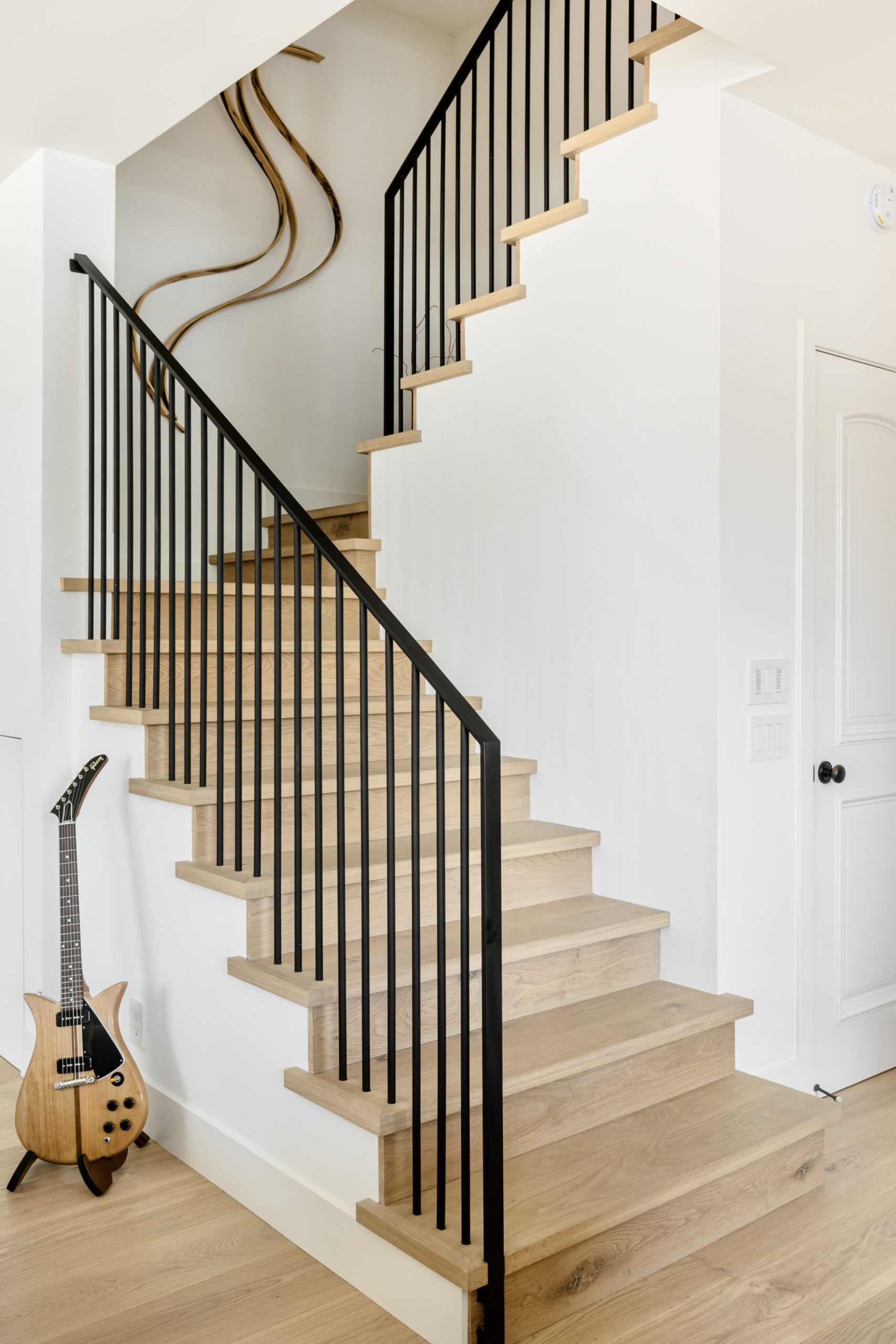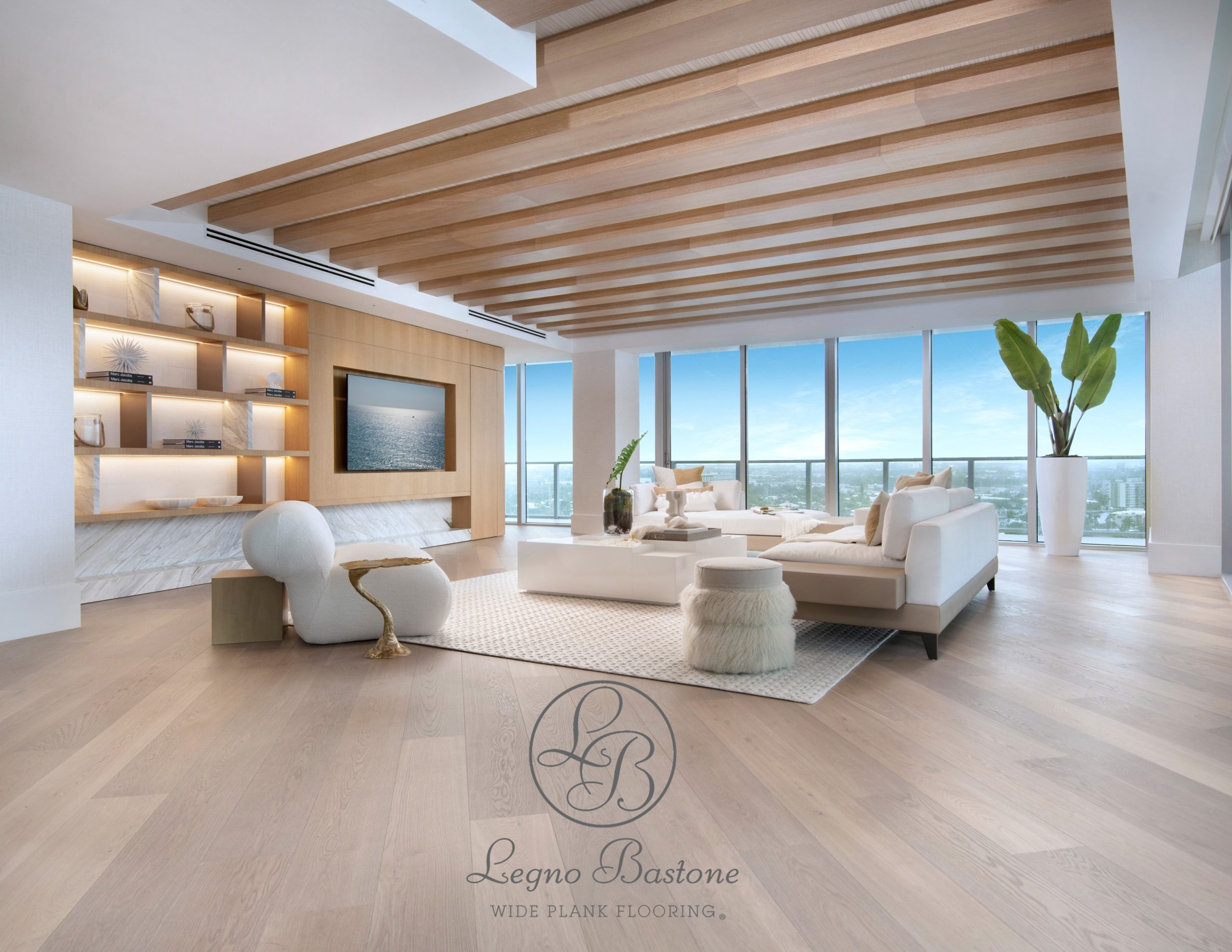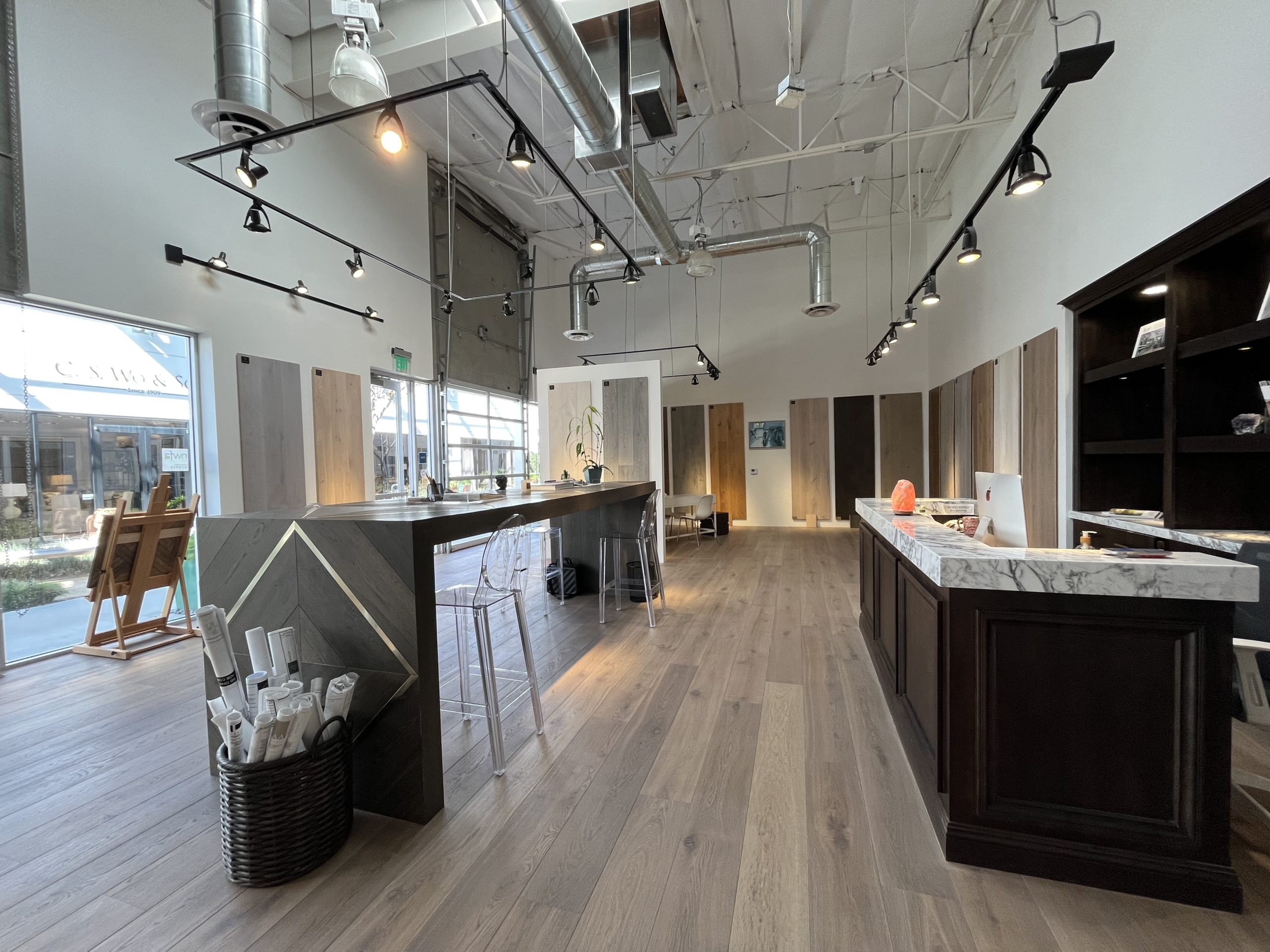What's the Difference Between Solid Wood Flooring and Engineered Wood Flooring?
By Wendy MeltzerSolid Wood Flooring
Wood flooring has been around for centuries. Dating back as far as the 1600s, rough, hand-hewn wood flooring became popular during the Baroque Era from the mid-17th century until early in the 18th century. Polished hardwood flooring became fashionable in the late 19th century. The first wood used for flooring here in the US was harvested from trees that were often hundreds of years old. These trees were tight-grained and much more durable than the wood harvested in America today – hence the name “hardwood.”
Solid hardwood floorboards are made from one solid piece of wood. Initially, hardwood planks were laid side by side to create the floor – but these boards moved with changes in humidity and temperature, causing gaps to open. In the late 1800s, tongue-and-groove flooring was developed thanks to the invention of the side-matcher machine. Tongue-and-groove works by slotting the wooden “tongue” on one board into the “groove” on the adjoining board. This type of construction allows the planks to be fitted together more snugly, reducing movement in the floor. By the 1900s, this new kind of hardwood flooring was the most popular flooring material in the US – but these floors still expanded and contracted with the weather, often “cupping” or warping.
The Advent of Engineered Hardwood Flooring
Engineered hardwood flooring was developed in the 1960s to overcome solid hardwood problems with instability. Engineered floorboards consist of layers of plywood topped with a layer of hardwood. Better quality engineered flooring is composed of layers of marine grade Baltic Birch plywood. Ensuring the plywood in engineered wood flooring is of the highest quality is vital because it ensures stability and durability. Baltic Birch plywood is one of the best bottom materials because it has multiple layers that go in different directions, increasing the strength and stability of the layer.
The hardwood layer on top of these layers of plywood is known as the wear layer and is usually 4mm or 6mm. The wear layer on a solid hardwood plank is 5mm. There’s a common misconception that hardwood floors can be sanded and refinished many times more than engineered wood. In reality, you can only sand and refinish the part above the tongue and groove – which is similar to the width of the wear layer on an engineered wood floor.
Not all engineered flooring is created equal. Many engineered flooring products cannot be refinished because their wear layer is too thin. It’s essential to do your homework.
The Benefits of Wide Plank Engineered Wood
The stability of engineered hardwood flooring has given rise to wider width boards, generally defined as six inches and wider. Architects and interior designers often favor wider planks because fewer seams can make a small area appear larger – and a large room even more spacious. Consider how large format tiles have become popular in bathrooms – the same principle applies to wide plank flooring.
Wider boards also allow larger sections of the natural wood pattern to show through. Knots and grains can be particularly beautiful, and wider boards can make this more of a feature. Wide planks allow for unique floor designs. You don’t have to use the same width board throughout the room – you can use the same finish in different widths to create interest. Wider boards can be used around the room’s perimeter instead of cutting narrower boards lengthwise to fit.
In many cases, wide plank engineered flooring is more stable than its narrower counterpart. Wider boards have more surface area and are better at absorbing impact. It’s important to understand the construction of your flooring product. You should always steer clear of wide plank engineered flooring with a thin bottom layer. While often less expensive, they are not stable and will cup and warp – sometimes right out of the box. You also need to ensure that your engineered product is available in longer lengths to balance the wider lines on your floor visually.
Another benefit of engineered flooring is that because it’s more stable and less likely to cup than solid wood, it can be installed below grade. Solid wood flooring cannot because of the humidity and temperature changes below grade. Engineered flooring can also be installed directly over a concrete sub-floor, provided the moisture content is within an acceptable range.
And it almost goes without saying that engineered hardwood flooring is easier to install than solid hardwood. Generally delivered prefinished, it can be glued directly to the sub-floor without requiring nailing. Solid hardwood requires specialized skill for installation and is often installed unfinished – which means after the boards go in, you’re in for a lot more time spent sanding, staining, and cleaning up.

Benefits of Engineered Wood
- More stable
- Wider boards
- Makes smaller rooms look larger
- Makes larger rooms look even more spacious
- Allows for unique flooring designs
- Easier and faster to install
- Can be installed in a variety of situations where hardwood is not recommended including below grade and directly over concrete and radiant heat
Solid Engineered Flooring
Legno Bastone has been a family business since the 1800s. Now run by the fourth and fifth generations of the same family, they are as passionate about producing high-quality flooring as we are about ensuring our customers love their floors. All boards are handcrafted and custom designed from sustainably sourced raw European oak.

Legno Bastone Wood Flooring Collections
Here at Unique Hardwood, our products are all custom engineered and handcrafted in Europe from European oak. Our platform (the bottom layer) comprises the highest quality marine grade Baltic Birch.
There are no harmful chemicals used – everything is 100% natural. We use a UV-cured all-natural hard-wax oil finish to ensure the continued beauty of our flooring. All Legno Bastone products are sustainably produced and Cradle to Cradle Certified. See the following table for the differences between our five Legno Bastone products.
Unique Hardwood Legno Bastone Collections
| Collection | Width | Length | Thickness | Construction | Wear Layer |
|---|---|---|---|---|---|
| Trecento (extra wide boards) | 300mm | Minimum of 75% full-length boards 1950mm or longer based upon availability | 19mm | 9-Ply Marine Grade Baltic Birch | 5mm |
| Dolce Vita | 260mm | Minimum of 75% full-length boards 1950mm or longer based upon availability | 20mm | 11-Ply Marine Grade Baltic Birch | 6mm |
| European Elegance | 220mm | Minimum of 75% full-length boards 1950mm or longer based upon availability | 20mm | 11-Ply Marine Grade Baltic Birch | 6mm |
| La Famiglia | 180mm | Minimum of 75% full-length boards 1950mm or longer based upon availability | 13mm | 11-Ply Marine Grade Baltic Birch | 4mm |
| Vino | 140mm | Minimum of 60% full-length boards 2000mm | 13mm | 7-Ply Marine Grade Baltic Birch | 4mm |
Visit our Flooring Gallery
We have large format samples of all our engineered wood boards available in our SOCO, Costa Mesa showroom. We invite you to come in and browse our full collection. We’d be happy to introduce you to our different products and help you select the right one for your project. We offer special hours for architects and designers – please email us to arrange a time that suits you.
We look forward to helping you soon.

